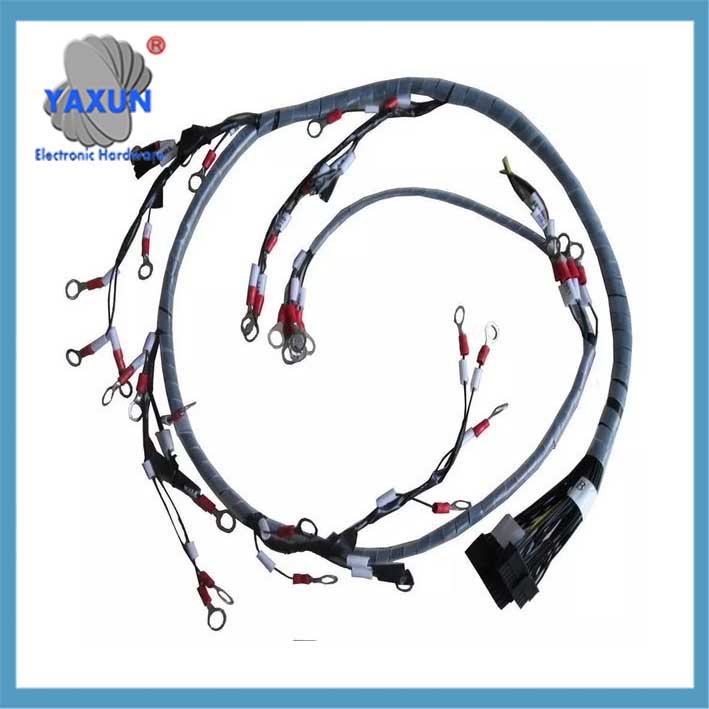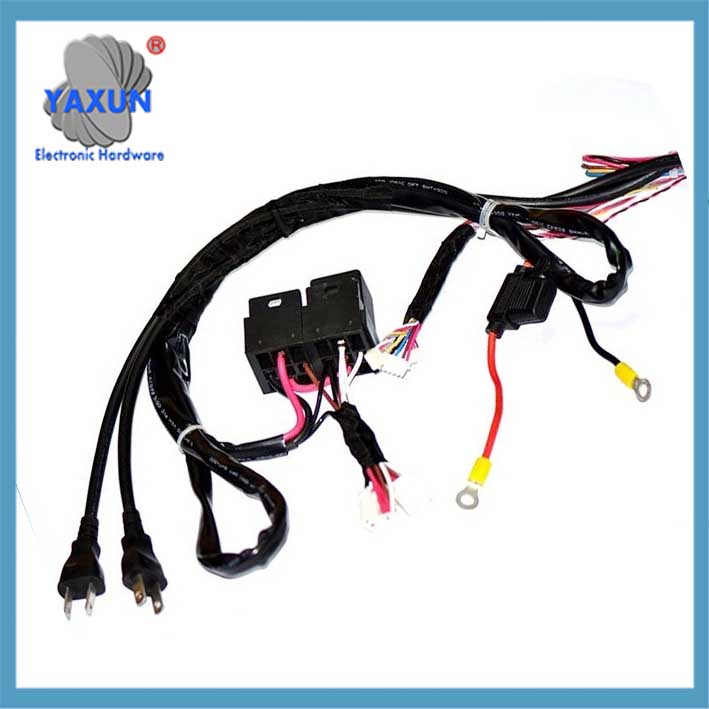Productcategorieën
Productlabels
Medical, Industrial Machines, Humanoid Robot Harness
ROBOT HARNESS Catalog, Robot extension cable REC05, Robot extension cable REC05. Shark Robot Vacuum Wheel Motor Wiring Harness. Torsion cable is most commonly used in the robotics industry. There are three types of torsion cables: torsional data cables, torsional control cables, and hybrid torsional cables.
Analysis of robot harness technology and industry dynamics
I. Function and core role
Neural network connection
The harness is responsible for the power transmission and signal interaction of the robot, similar to the biological nervous system. Bijvoorbeeld, Tesla Optimus uses harnesses to achieve flexible joint movement and sensor environmental feedback.
In industrial robots, harnesses need to stably transmit control signals under high-speed movement and withstand environmental pressures such as mechanical vibration and oil pollution.
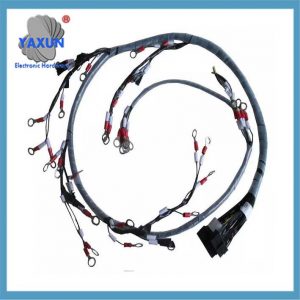 Robot harness cable customization Four-axis intelligent robot harness production |
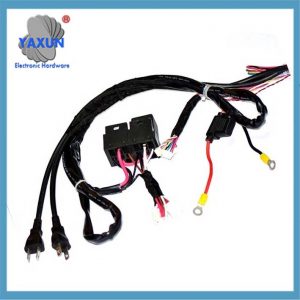 Humanoid robot connection cable assembly |
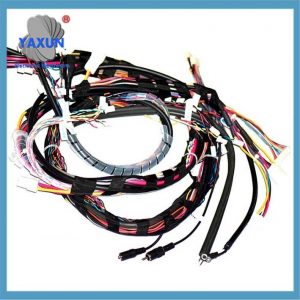 Medical, Industrial Machines, Humanoid Robot Harness Suppliers |
Multi-scenario adaptability
Medical, automotive and other fields have higher requirements for the corrosion resistance and flexibility of harnesses, and customized design of cable length, connector type, enz. is required.
II. Technological breakthroughs and production trends
Material and process innovation
Use oil-resistant, slijtvast, and anti-interference special cables (such as Japanese imported materials), combined with precision crimping technology, error control reaches millimeter level.
Intelligent robots realize automatic terminal crimping and complex wiring, and the production efficiency is increased to more than 10 times that of manual labor.
Automated production upgrade
Suzhou and other places have achieved 24-hour operation through robot harness production systems, supporting rapid line change to meet diverse needs.
3. Industry applications and market dynamics
Humanoid robots drive growth
In 2024, domestic humanoid robot financing exceeded 3 billion yuan, and companies such as Xingdong Jiyuan drove a surge in demand for wiring harnesses.
Huguang Co., Ltd. rolled out the first set of prototypes of the humanoid robot project in April 2025, accelerating the commercialization process.
Continuous penetration in the industrial field
In automobile manufacturing, wiring harnesses are used for components such as seats and charging piles; the medical equipment field requires high cleanliness and reliability.
How to ensure the stability of robot wiring harnesses?
1. Technical design and material optimization
Weather-resistant material selection
Use special cable materials that are resistant to high temperature, corrosion, and aging (such as UL-certified silicone or TPU materials) to ensure that the wiring harness works stably for a long time in extreme temperatures, oily or humid environments.
The highly flexible cable design can withstand frequent twisting of joints (such as medical robots that need to meet a single-axis bending life of more than 100,000 keer).
Precision process guarantee
The reliability of the connection between the terminal and the cable is ensured through automated crimping technology (error ≤ 0.1mm), reducing the risk of false connection or falling off.
The signal line adopts a shielding layer design to prevent electromagnetic interference from affecting the transmission accuracy of the control signal.
2. Installation and layout specifications
Reasonable wiring strategy
The wire harness should avoid moving parts (such as mechanical arm joints), and reduce friction and pulling through fixed buckles, cable ties or flexible protective sleeves (such as corrugated tubes).
Reserve elastic margin (recommended dynamic bending radius ≥ 8 maal de draaddiameter) to avoid cable stress concentration due to mechanical movement.
Interface standard matching
Strictly follow the equipment interface specifications (such as KUKA robots need to distinguish the “left zero and right fire” connection method of the power cord), and adopt an anti-misplug connector design.
In industrial scenarios, the stability of the wire harness in humid and dusty environments is improved through M12/M8 waterproof connectors.
3. Protection structure and operation and maintenance system
Multi-layer protection design
Use the robot pipeline package integrated protection solution to isolate the wiring harness from external impact, welding slag and other physical damage, while supporting the rapid replacement of modular components.
The drag chain system is combined with high-bending cables to ensure the wiring stability of moving parts (such as AGV chassis).
Full life cycle maintenance
Establish a regular inspection system (recommended once a month), focusing on detecting wiring harness wear, terminal oxidation and insulation layer aging.
The intelligent monitoring system collects parameters such as wiring harness temperature and resistance in real time to warn of potential faults in advance7.
Iv. Typical scenario solutions
Application areas Key measures
Industrial robots: Use oil-resistant drag chain harness + anti-interference shielding layer to adapt to high-speed movement of the robot arm; Humanoid robots: Bionic wiring design, using miniaturized connectors to reduce joint space occupation; Medical robots: High-cleanliness silicone harness + sterilization process to meet the requirements of the operating room environment;
Through the multi-dimensional coordination of the above-mentioned technologies, installation, protection and operation and maintenance, the long-term stability of the robot harness under complex working conditions can be significantly improved, and the failure rate can be reduced by 30%-50%.
Neem contact met ons op
Wachten op uw e-mail, wij zullen u binnen antwoorden 12 uur met waardevolle informatie die u nodig had.
 English
English العربية
العربية bosanski jezik
bosanski jezik Български
Български Català
Català 粤语
粤语 中文(漢字)
中文(漢字) Hrvatski
Hrvatski Čeština
Čeština Dansk
Dansk Nederlands
Nederlands Eesti keel
Eesti keel Suomi
Suomi Français
Français Deutsch
Deutsch Ελληνικά
Ελληνικά עברית
עברית Magyar
Magyar Italiano
Italiano 日本語
日本語 한국어
한국어 Latviešu valoda
Latviešu valoda Bahasa Melayu
Bahasa Melayu Norsk
Norsk پارسی
پارسی Polski
Polski Português
Português Română
Română Русский
Русский Cрпски језик
Cрпски језик Slovenčina
Slovenčina Slovenščina
Slovenščina Español
Español Svenska
Svenska தமிழ்
தமிழ் ภาษาไทย
ภาษาไทย Tiếng Việt
Tiếng Việt
